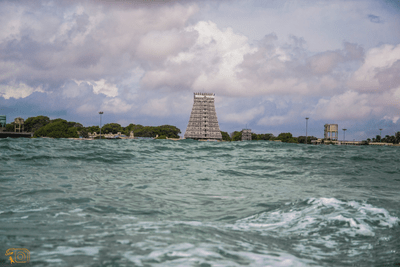Pandya Nadu
Duration
11D,10N
Overview
Pandya Nadu or Pandi Nadu is a geographical region comprising the southern part of the present-day state of Tamil Nadu. The region is bounded on its West by the Venad/Ay Nadu, Northeast by the Chola Nadu and Northwest by the Kongu Nadu. It comprises the present day distriMadurai, Theni, Sivaganga, Ramanathapuram,Virudhunagar, Tirunelveli, Tenkasi, Thoothukudi,Kanniyakumari, parts of Pudukkottai and Dindigul. The region was the principal historic seat of the Pandya dynasty who ruled it intermittently and with differing capacities at least from the 4th century BCE to 1759 CE. The political capital of the region is the city of Madurai with Korkai serving as a secondary capital and the principal port city during the early historic period. The Pandimandalam or Pandya Nadu extended South of River Vellar (River South Vellar, present-day Pudukottai district), North of Kumari Sea (Indian Ocean), West of Sethu (present-day Ramanathapuram district) and East of Dindigul (City in present-day Dindigul district) & Karaikadu (Village in present-day Kanniyakumari district).
Included/Exclude
- A/c Accommodation on twin sharing basis with Daily Breakfast(Only 1 B/F).
- AC car for all the transfers and local sightseeing as per the given itinerary.
- Well-experienced and bilingual driver till the departure.
- All the expenses related to the vehicle (toll, tax, parking, permits, driver batta, etc).
- Hotel Check-in at 12 pm and check-out at 10 am.
- The driver is only available as per the program given above.
- All the applicable taxes.
- No hidden costs.
- The packages do not include Volvo bus tickets.
- Guide charges, entry fees, Camera Charges, Massages, Elephant Safaris, Personal expenses like laundry, tips and telephone calls, Optional Tours, Travel Insurance, etc.
- Optional activities are mentioned in the itinerary & anything not mentioned in the above package.
- In case of payment made by cr card or debit card service charge of 2.5% and 1% will be charged extra.
Tour Amenities
Tour Plan
- The 60 ft Peraruvi (Main Falls) the prominent Falls has a deep crater at Pongumakadal that controls the rush of water.
- Chitraruvi(Small Falls) with a thin flow of water attracts tourists prominently. Tourists can reach Shenbagadevi, Tehnaruvi and the Herbal farm from here by trekking.
- Shenbaga Devi Falls rushes through the Shenbagam Trees [michaelia Champak] and the temple of Shenbaga Devi Amman temple is located here.
- Thenaruvi (Honey Falls) because it is full of Honeycombs where there is no water, hence it is called by this name.
- Aintharuvi (Five Falls) five different cascades of rushing water are called by this name. Bathing in this will be on the agenda of every tourist.
- Pazhathotta Aruvi gets this name as water flows down from beneath the Orchard.
- Puli Aruvi (Tiger Falls) is an artificial waterfall and the water from here is collected in a lake and used for irrigation. Because tigers are sighted here sometimes it is called by this name.
- Pazhaya Courtallam(old Falls), and Palaruvi are the falls found in the Courtallam area.
- Tirumalai Aruvi located at 15 km distance has the popular Lord Murugan temple.
Duration
11D,10N












